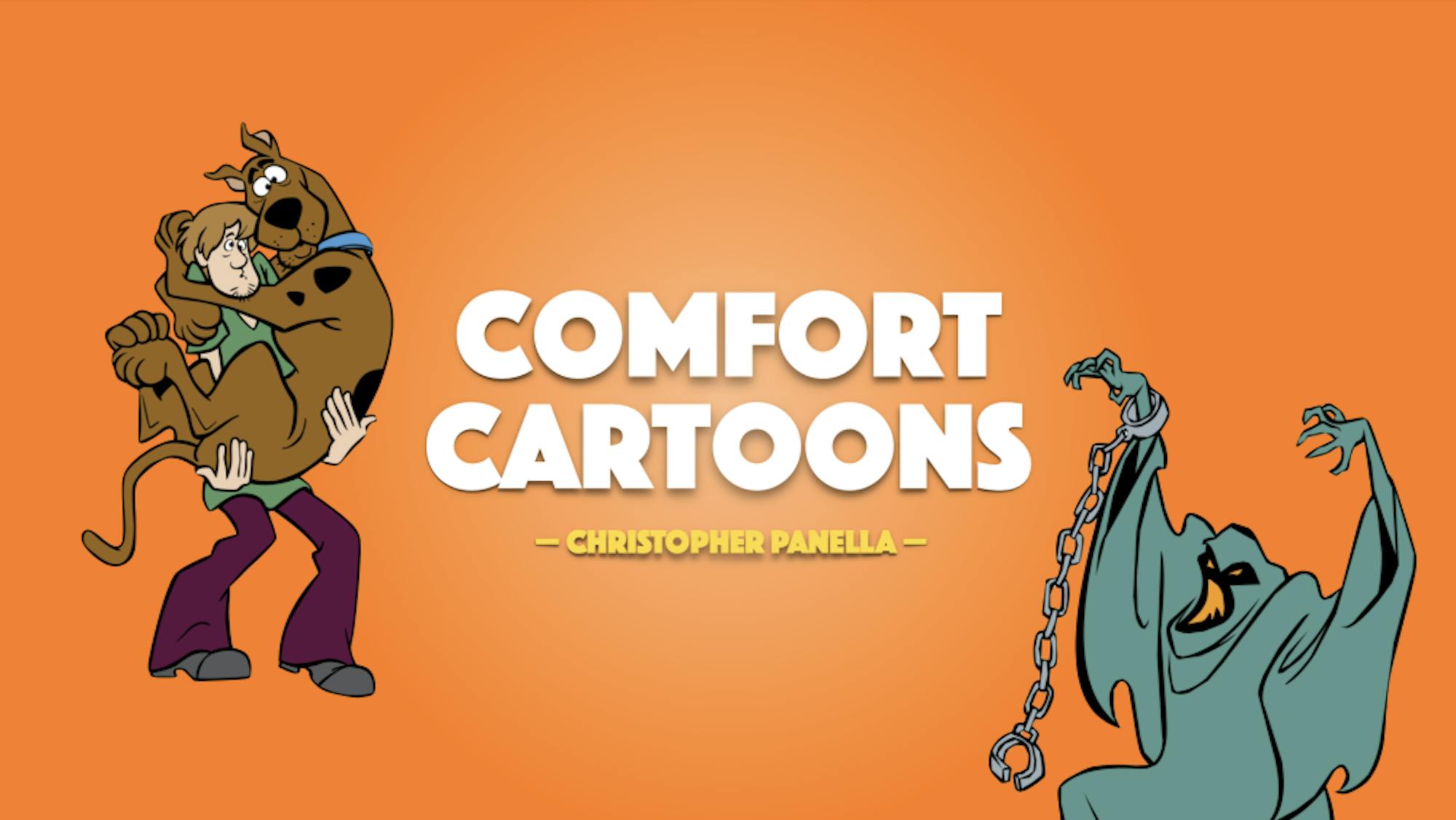The “Scooby-Doo” franchise is possibly the prime example of an intergenerational cultural touchstone. The Mystery Gang,their iconic outfits and their groovy Mystery Machine have remained something most audiences can connect with in some way. That’s partially thanks to the various installations of “Scooby-Doo,” which have spanned a handful of animated films, video games, television shows, merchandise and live-action movies.
But this column sadly isn’t focusing on The Hex Girls or Linda Cardellini in a red catsuit — both iconic and formative moments for all viewers. Rather, I wanted to discuss where “Scooby-Doo” all started. The original series, “Scooby-Doo, Where Are You!” (1969–70, 1978), aired its first and second seasons (25 episodes in total) from 1969 to 1970, but a third season under a different title was released nearly a decade later. The first two seasons are cartoon dynamite, with fun plots and wild scares that make them some of the most influential television out there.
Most episodes of “Scooby-Doo, Where Are You!” follow the same storytelling concepts, with similar gags, plot points and phrases. This makes the viewing experience immediately familiar, regardless of whatever monster or supernatural being the Mystery Gang is dealing with. The same applies to the characters themselves: Shaggy and Scooby-Doo are often the audience’s main perspective, with Fred’s leadership, Velma’s intelligence and Daphne’s style rounding out the gang.
But while the plot and characters’ roles are consistent throughout the show, most episodes are still an exciting watch. That often comes with aesthetics and settings. “Mine Your Own Business” features an interesting exploration of an old mining town and a ghost miner who’s still looking for gold. “Bedlam in the Big Top” has a hypnotist clown who’s bothering a circus. “Spooky Space Kook” takes the gang to an abandoned airfield for some extraterrestrial wackiness. Each villain has some scheme to hide, and most of them involve money. As a kid, the plans seemed pretty incredible. Now, well, it’s theatrical fun.
Part of the success of “Scooby-Doo, Where Are You!” is its dedication to those bits. It’ll always get the vibe right. But we can’t just thank the animation for that. What makes episodes like “Hassle in The Castle” and “A Clue For Scooby-Doo” iconic are their practically earworm sounds. “Hassle in The Castle”features a ghost whose screech is absolutely terrifying and now activates my fight-or-flight response. And “A Clue For Scooby-Doo” has a pretty weird otherworldly sound for its glowing seaweed.
These are specific details, but they all add up to a crucial point: “Scooby-Doo, Where Are You!” always develops the perfectly mysterious and satisfying experience. This is just as true in adulthood as it was during childhood (even if watching episodes now reveals just how bonkers every premise is).
I remember watching the “Scooby-Doo’s Greatest Mysteries” (1999)VHS as a kid, which featured my favorite episode, “The Backstage Rage.” It follows the gang’s discovery of a counterfeiting operation in an abandoned puppet theater. Even on rewatch, that’s a creepy setting, and the puppets are genuinely frightening. And the organ! Ahh! It’s all camp and it’s absolutely perfect.
“Scooby-Doo, Where Are You!" is streaming on HBO Max.






